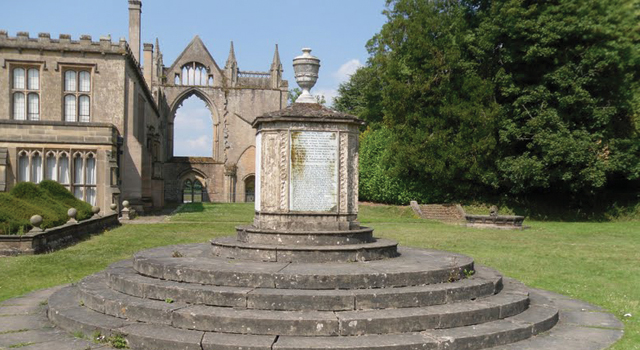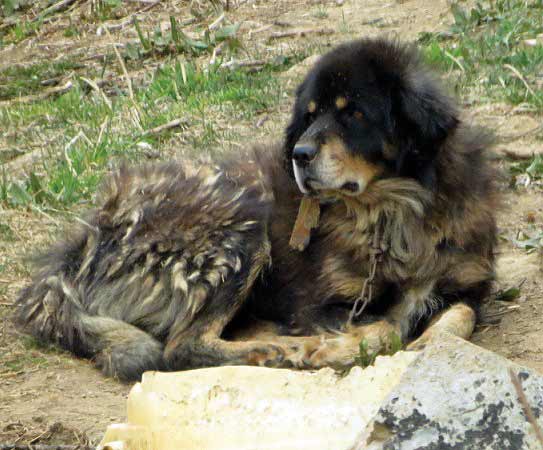For those who appreciate poetry, it is not unusual to find that a particularly poignant poem may serve to inspire good prose. I uncovered one such inspiration while researching the life of Lain Singh Bangdel, the well-known Nepalese litterateur (writer, painter and art historian). As a writer Bangdel (1919-2002) is best known for three popular short novels. One of them, ‘Langadako Sathi’ (‘The Cripple’s Friend’), published in 1951, was inspired in part by a poem about a canine friend of Lord Byron, the Anglo-Scottish romantic poet of the early 19th century.

The Story
‘The Cripple’s Friend’ reveals one aspect of mid-20th century Darjeeling society viewed from street level through the eyes and imaginings of a disfigured beggar. In his Preface to the book, Bangdel described the story as “a ‘sketch’ of one beggar and his friend.” Bangdel, as artist, thought that “writing it on paper would be better than drawing it on canvas.” The crippled beggar’s friend was a stray dog named Kalé (‘Blackie’).
Early in the story Bangdel speaks from the heart through the words of the beggar: “When I chase the dog it doesn’t run away. It keeps following me. Hunger and thirst are the same for all. What is the difference between the animals and we human beings?... Poor thing!”
“This dog is just like me” the beggar goes on. “It also survives on the sympathy and the alms of others... One beggar knows the pain of another... This dog is also a creature similar to me, who begs to eat.”
One night in a wild rainstorm the cripple is ill-treated by an irate person and dies of exposure, hugging the dog. That’s when the story turns surrealistic. Sometime later, after Kalé dies, the ever faithful dog seeks out his master’s ghost in the town graveyard where a watchman finds them, man and dog, half buried in mud and sand, their skeletons entwined...
The Inspiration
Besides the plight of the poor, Bangdel said that he was inspired to write this story by a memory from his boyhood. One day while walking Darjeeling’s Birch Hill Road on their way to school, Lain Singh’s older brother, Prem Singh, showed him a gravestone inscribed to a dog named ‘Jim’. “I was touched to see the love shown towards a dog,” Lain told me. Each time he passed that way he pondered the profound and lasting relationship that can bind master and dog.
He was further inspired by Lord Byron’s elegiac poem, ‘Boatswain, His One Friend’, eulogizing his faithful Newfoundland dog. When Boatswain died in 1808, Byron buried him at Newstead Abbey, Byron’s English estate. Then he had the poem inscribed on a monument over the dog’s impressive tomb, which is said to be larger than Byron’s own.
Some lines from the poem, also known as ‘Epitaph to a Dog’:
Near this Spot
are deposited the Remains of one
who possessed Beauty without Vanity,
Strength without Insolence,
Courage without Ferosity,
and all the virtues of Man without his Vices.
This praise, which would be unmeaning Flattery
if inscribed over human Ashes,
is but a just tribute to the Memory of
BOATSWAIN, a DOG,
who was born in Newfoundland May 1803
and died at Newstead Nov. 18, 1808...
... in life the firmest friend,
The first to welcome, foremost to defend,
Whose honest heart is still his master’s own,
Who labours, fights, lives, breathes for him alone...
...To mark a friend’s remains these stones arise;
I never knew but one,—and here he lies.










